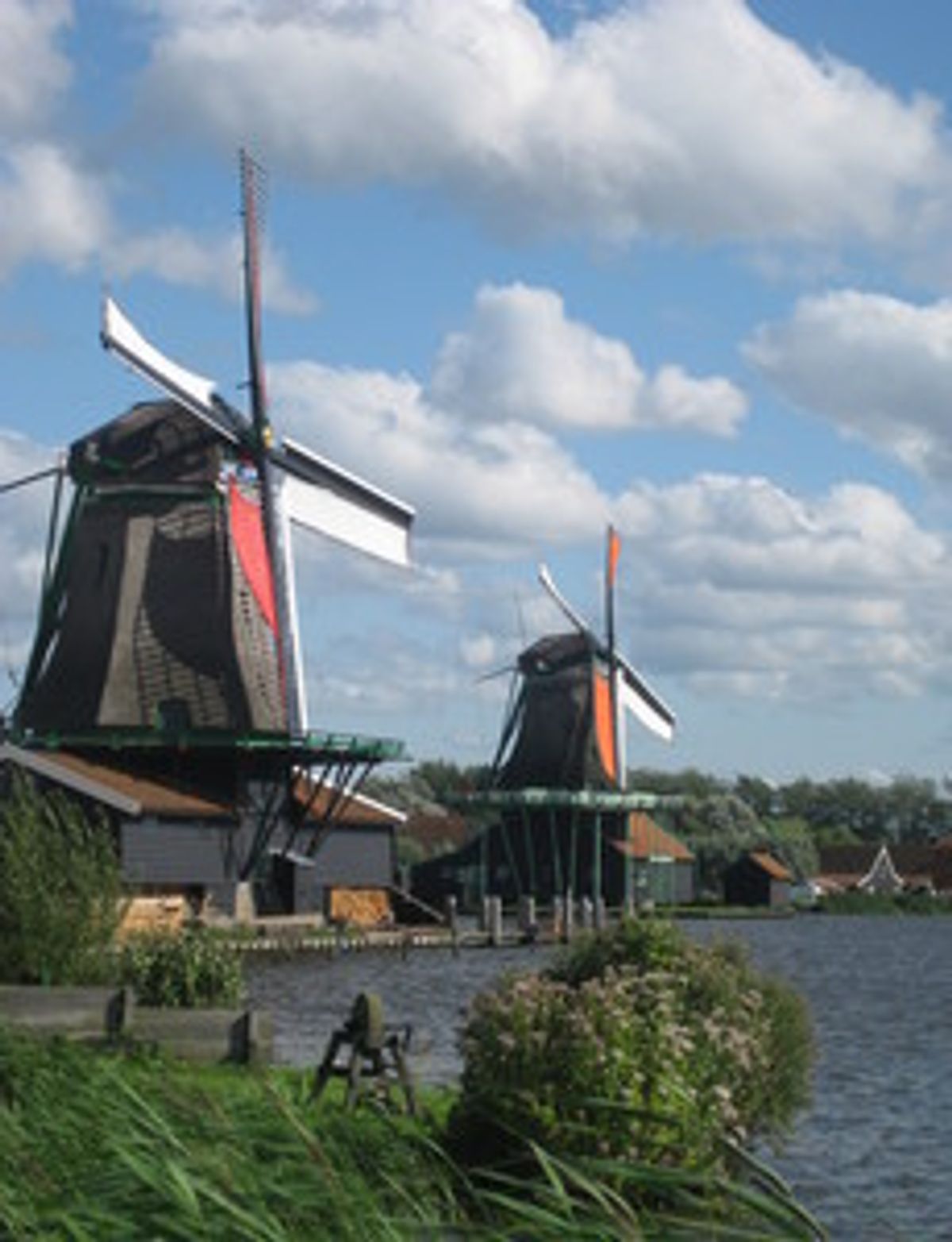Four years ago, surveying the U.S. president's excellent strategic plan for climate change technology, I was struck by a detail on a map charting the country's wind resources: It showed of course a lot of strong winds through the Great Plains and off the two ocean coasts; but it also showed something less obvious to all—namely, that the entire surface area of the Great Lakes also was among the country's very windiest regions.
Why not, I wondered, focus wind energy development just there. In contract to the Great Plains, which are notoriously distant from the country's major load centers, the Great Lakes are smack dab in the middle of the country's highly populated old industrial heartland, a region that happens to get most of its electricity from carbon-intense coal. And surely it might be easier and less expensive to develop offshore wind on the lakes than on the coasts.
It turns out I'm not the only genius having such thoughts. On one of his recent posts at Energy Central, Bill Opalka speculates that regulatory hurdles and opportunities for citizen intervention may be somewhat less daunting when it comes to Great Lake wind development, by comparison with projects off the ocean coasts. That may be debatable. And certainly the jury's out on whether Great Lakes projects would be technically easier and overall cheaper.
But a lot of people and a growing number of organizations are exploring these questions. Two months ago, public officials, developers, and stakeholders in the Great Lakes Wind Collaborative met at Case Western Reserve University in Cleveland, for their third annual meeting. A member of the National Renewable Energy Laboratory told them that lakes' wind might be a $100 billion market.
Two years ago, Michigan State University's Land Policy Institute estimated that 100,000 wind turbines situated off Michigan's coasts--the state borders four of the five Great Lakes--could generate as much as 321 GW of electricity, if towers were sunk at all depths. If towers only were built at depths comparable to those already achieved elsewhere in offshore wind farms, the lakes' wind potential would be closer to 100 GW--still a prodigious amount.
At the end of October, the White House, Energy Department, and with the lakes collaborative co-hosted two-day workshop in Chicago to discuss Great Lakes siting issues in detail. Specific projects are under consideration near Cleveland on Lake Erie, off the eastern shore of Lake Michigan near Pentwater, Mich., and in Erie or Ontario off New York State's shores.



